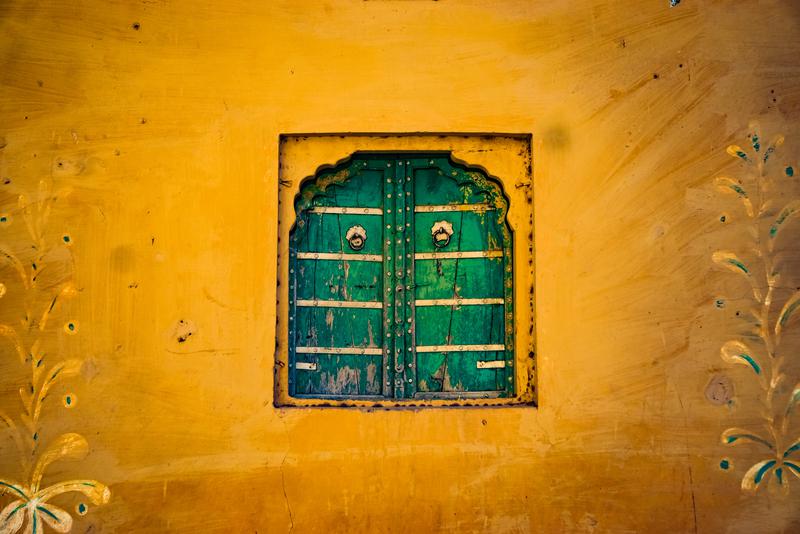by Allisa Cherry
April 18, 2023
Allisa Cherry grew up in a rural community in an irradiated desert in the southwest of the United States. She has since relocated to the Pacific Northwest where she teaches workshops for immigrants and refugees transitioning to a life in the US and recently received her MFA from Pacific University. Her poetry has received Pushcart and Best of the Net nominations and can be found in High Desert Journal, The Maine Review and Rust + Moth. among others.
Burning Like Her Own Planet by Vandana Khanna; Alice James Books; 100 pgs.; $17.95
Vandana Khanna is the award-winning author of three full-length collections, including Train to Agra and Afternoon Masala, as well as the chapbook The Goddess Monologues. In her third collection, Burning Like Her Own Planet, Khanna draws predominately on the Ramayana as a source text to examine the sophisticated interiority of women fulfilling the traditional functions of lover, wife, mother, and faithful companion. Through persona poems and the dramatic monologues of Hindu goddesses, in deftly executed sonnets and erasure, Khanna writes about women grappling to claim their autonomy as if she is closely examining a single gem stone and making sure she captures the exact gleam of its many facets.
Author, Victoria Chang referred to Khanna as a skilled poet at the line level and this proves to be true and consistent throughout Burning Like Her Own Planet. Each poem is measured and finely tuned with crisp lines like, “You kept me hidden in a drawer/ of wilt and weeds, seeds sprouting sour.” And, while there is a visceral richness to the nouns that populate her poetic spaces, objects like peacocks, antlers, marigolds, beehives, and flames, and a lushness to the backdrops of forest, Delhi street, jungle and even the domestic suburb in “Sita’s First Kiss with Suburban Landscape,” her syntax is uncomplicated and her diction unclouded. This allows for precise imagery and provides clarity in moments of slippage, as shown early in the text in “Hindu Mythology in Shorthand” where she writes, “...There was/ that smell–Delhi?–that I couldn’t// sniff out of my nose: incense and/sandalwood, husked corn and lemons.” The reader is fully grounded in their senses when the scene of that poem shifts to “holy charioteers (pinning) the sky with arrows of fire” and the speaker’s third eye opens “behind the skull’s delicate cradle, blinking.” It may be that because of the precision of Khanna’s language, many of the poems in this collection strike the same chord. But if the forms themselves are too controlled to be broken or surprising, it is that control that renders them powerful crucibles for the deconstruction, immolation, and reincarnation of the goddesses they contain.
Persona poetry tends to work best when the personhood of the speaker, their unique circumstances, and the poet’s courage to take liberties with the sense and beauty they make of these circumstances, casts a light on some aspect of our current human condition. This is the greatest strength of Khanna’s newest collection. There is a sort of karmic cycle the goddesses are working towards breaking on our behalf. Born, as we are, into traditional tropes of love: duty, obligation, patience, and betrayal, their longing for autonomy and freedom feels entirely relatable and contemporary. In “Sita’s First Kiss with Suburban Landscape,” which opens “In our seventh incarnation, we find/ each other tethered by fence and sidewalk.” One can feel the world-weariness in the words “seventh incarnation.” It is driven home by the lines “abandoned to an unruly yard we are/ destined to repeat–” In Burning Like Her Own Planet, Khanna challenges, but does not necessarily defeat, the notion that a woman’s holiness is determined by her sacrifice and self-negation, her value defined in relation to the men or children in her life. This book would be less successful in its execution, the speakers less trustworthy, if it claimed otherwise.
The collection is structured around three sections, each of which opens with a “Goddess Erasure” poem and includes a new “Creation Myth,” making it clear that the author intends to deconstruct the narrative that being a female–being holy–requires self-negation, self-sacrifice, or self-destruction. In each of the three sections, the reader is allowed to experience the tension between a woman’s predetermined role and her desire to wrest her story away from the hands of fate and become the author of her own autonomy. As such, the reader also gets to experience and re-experience an escalation in tone. The voice in “Why Sita is Chosen” is dutifully beleaguered when she says, “In mirrors,// she sees only a yielding–practices/ bending to the wind.” A few poems later, in the second “Creation Myth,” the disembodied speaker instructs the goddess to:
Become a bird that never shuts up, a river
But the roles women are cast in are powerful and the ability to redefine them, it seems, are cyclical. In the final section, Khanna’s goddesses are still grappling with the self-negation required to receive love. She writes “To be the favorite, you have to/ give in: clip on a smile, sweep/ the floor with your braid, let him/ call you by the wrong name.” Indeed, in a heartbreaking stroke of honesty about the female predicament, the book concludes with the poem “Dharma” and these breathtakingly violent lines: “Tell her she is too beautiful/ for this world. Accuse her pink mouth/ of deception. Hold your hand tight/ against her throat until it throbs/ like a sun. Start again.”
Burning Like Her Own Planet skillfully simmers as it reconsiders how a woman’s value as a mother, lover, and wife is often defined by her selflessness and abnegation. Through the lens of sacred Hindu mythology, Khanna illuminates the complexity of this timeless matter in a way that feels wholly contemporary while preserving its historic weight. But it is Khanna’s control of the line and her way with form that generates the most dramatic tension, as if each poem itself is another container for her goddesses to transcend. Exquisitely rendered, the women in Burning Like Her Own Planet may not be able to permanently transcend these considerations, but the fierce precision and beauty expended in the effort to write their escape indicates that it is the pursuit itself that is holy.
©2023 West Trade Review
__________________________________________________________________________________________________________________________________________________________________________
__________________________________________________________________________________________________________________________________________________________________________
__________________________________________________________________________________________________________________________________________________________________________
__________________________________________________________________________________________________________________________________________________________________________
__________________________________________________________________________________________________________________________________________________________________________
Women Becoming Holy: Transformation and Return in Vandana Khanna's Burning Like Her Own Planet
POETRY REVIEW
Image by Abhinav Srivastava from Unsplash
Stay Connected to Our Literary Community. Subscribe to Our Newsletter




